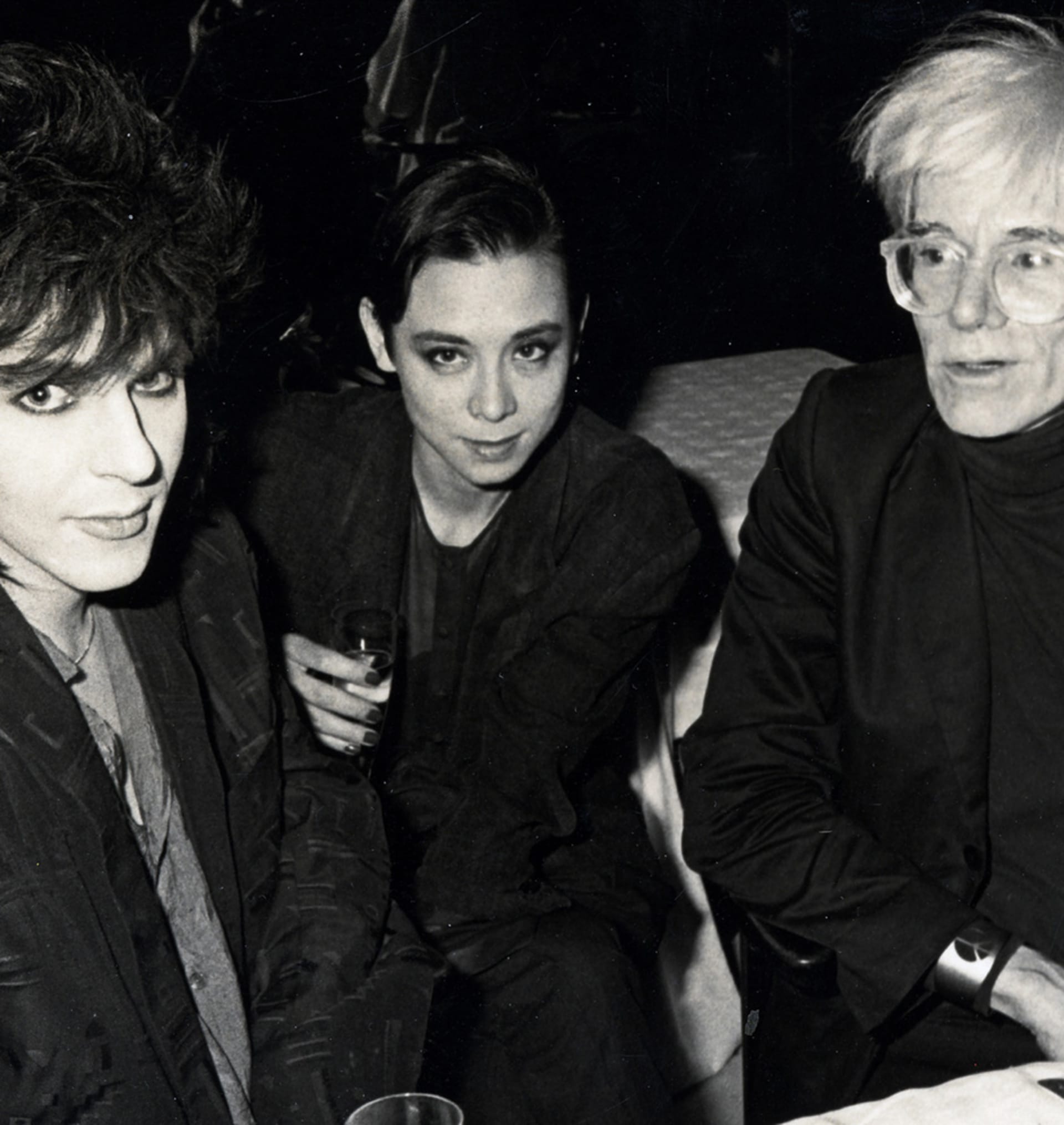
Ms. Style Icon: Amanda Brown on Tina Chow
Over the past seven years, Not Not Fun affiliate and 100% Silk label chief Amanda Brown has been involved in a lot of good music.
And because the virtues of associated acts like Sun Araw, Peaking Lights, Maria Minerva, and Ital have been rightfully written and blogged about to death, we thought it would be a good idea to get off topic. In this piece from our Spring, 2013 issue of Electronic Beats Magazine, Brown offers her thoughts on style icon Tina Chow, who, aside from being the sartorial darling and muse of New York’s overlapping downtown and art scenes in the eighties, was also tragically the most prominent heterosexual woman to die of AIDS in the early nineties. Photo: Ron Galella/WireImage
Michael Chow is a very famous restaurateur in Los Angeles, which is my hometown, so I always knew of him and his wife, Tina, as being this important family. And I always thought of Tina Chow as just his supermodel wife. However, the more I looked into her life and her style and the artists she knew and was a patron of, the more it became apparent that her role supersedes that of wife and even model. There are so many things that I like in which Tina Chow existed in the orbit of: I’m a giant fan of Helmut Newton, Issey Miyake, and fashion illustrator Antonio Lopez, and after I did some research it became apparent that Tina was a muse to them all. I guess you could say my attention was naturally drawn to her as the center of a scene. She was always at the heart of amazing art that was being made in the eighties and early nineties, and the famous portraits that Andy Warhol did of her are beautiful.
I love models, and I feel I have this… relationship with model culture. I’m very sensitive when people don’t say kind things about models because it always seems so unfair to belittle their profession. Tina Chow is undoubtedly one that jumped out of the fashion spread; she stepped off the runway and became something else. She became an icon—not just simply a hanger for clothes. On her body, clothes become less about the external and more about an expression of her own personality within them. Anyone can take clothes from an amazing designer and look good in them, but she accessorized with jewellery and striking hair and make-up, which is to say that she possessed the ability to transform outfits into style. I think people like Warhol and Jean-Michel Basquiat wanted to be around her for exactly that reason. That is, she was essentially an artist. I mean, I’ll buy an Issey Miyake blazer and I don’t look like she looks in it, though as I’ve gotten older and my fashion palette has begun to morph—I wear more black than I did when I was younger, more sculpted Japanese designs—I begin to see more and more correlations with Tina. I look at photographs of her and I’m just blown away by the elegance, the use of minimalism, the love of simplicity, the streamlining… attributable to her German and Japanese heritage? Pure speculation. But what is clear is that these aesthetic clues spoke to the world: “This is my body and I want to put my body inside of art.” Tina Chow represents a rejection of what was trendy, or what looks good on her specific shape, or what my friends and peers and fans will think. In this way, her sartorial vision actually has little to do with fashion in a conventional sense and everything to do with a kind of timelessness. I find that to be completely empowering as a woman; the belief that you are inherently sexy and your clothing is the art that enshrines you, as opposed to the established idea that you need to wear sexy clothing to be sexy. Chow could just slick back her hair, put on mascara, throw on a drapey coat and suddenly be the most exuberant, alive and vibrant person, without sparing a moment thinking about what’s fashionable. That’s how I like to imagine it.
Ultimately, her life influenced fashion as opposed to being influenced by it. The expensive things she wore weren’t purchased out of vanity or self-obsession but because she wanted to support the fashion designer as an artist, as if she was buying a painting. She was a collector and like all collectors cared about what would be art forever. When she sold her collection in 1991 to Christie’s it was insane; you might as well be talking about Robert Mapplethorpe’s collection of photographs when he died. And like so many iconic people, her life is marred by tragedy. She was one of the first well-known heterosexual women to die of AIDS, which, for me, serves as a reminder of how fleeting life is. Art can be forever but we, of course, cannot. And what makes the tragedy all the more resonant is that she died of a disease that was so “of the time” and representative of what was happening in America and around the world then. For that reason, she will forever be linked to the late ’80s, as well as early ’90s AIDS activism and the New York art scene that was so drastically affected. It’s terrible, yet somehow it makes Tina Chow seem like a weird angel. ~
Interview conducted by A.J. Samuels. This text first appeared first in Electronic Beats Magazine N° 33 (1, 2013). Read the full issue on issuu.com or in the embed below. Silk, the documentary on Amanda Brown and 100% Silk by Benjamin Shearn premieres on November 16th at Copenhagen International Documentary Film Festival. Watch the trailer below.
Published November 13, 2013. Words by amandabrown.
